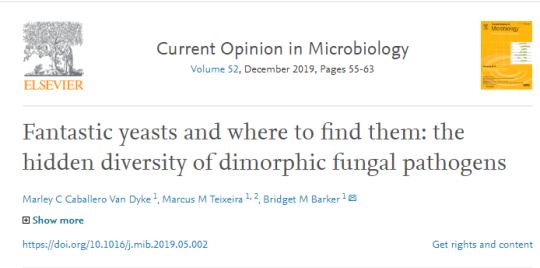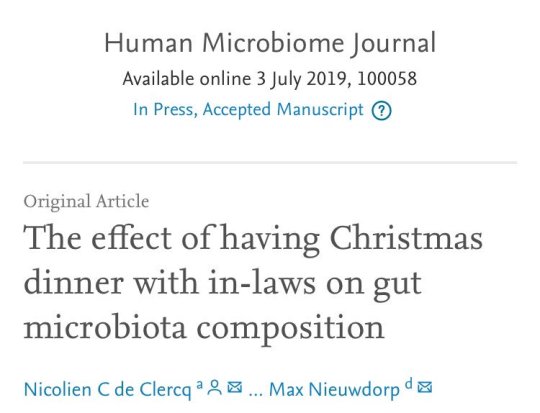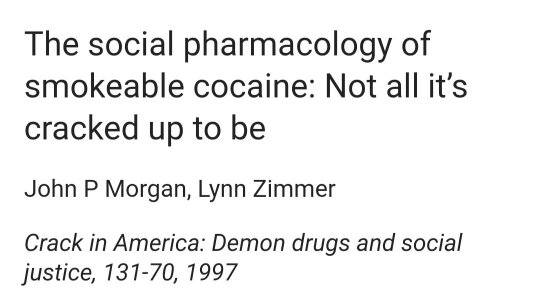Note
The only thing that looks incorrect is the setup. The paternal gametes should be on the left side, not the right
The probabilities look like they were graded according to position, you have the concept & actual percentages correct but not the initial format

Show us your homework, I bet a licensed biologist or something will pop out of the tumblr woodwork to talk u through it. (One time in my high school senior year I sobbed in front of my English teacher because I got a D and she was just like '...you don't... need this class to graduate' and when that somehow stopped my breakdown she confusedly shooed me off to lunch)
i already messaged my teacher and asked to see the correct punnet squares but here are screenshots in case any of u want to tell me if I'm just dumb and missing something obvious
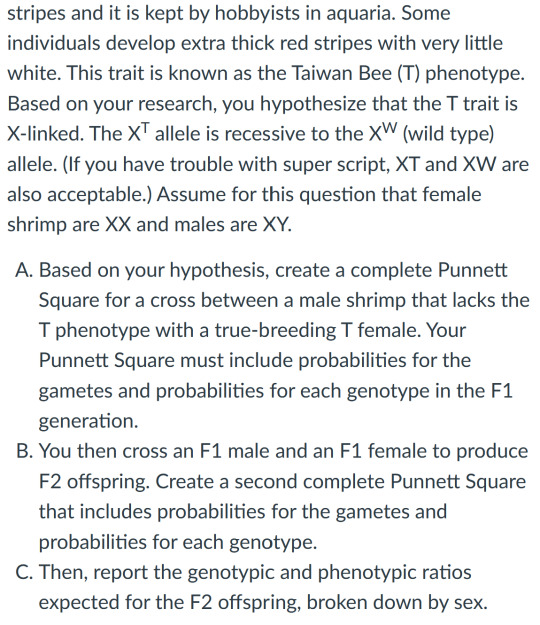


2 notes
·
View notes
Text
watching a tiktok and someone just described the black/blue gold/yellow dress meme as “one of the first things to ever go viral”
92K notes
·
View notes
Text
[🔬 Microscope equipped.]
🧫 e-colin Follow
Another day, another dollar trying to infect this host! Rise and grind pathogens 💸
4 μnotes
🦠 cell287776540923 Follow
might fuck around and reactivate my oncogenes later
💊 mr-t-cell1989
grins at you violently
2,334 μnotes
🦠 natkiller28937 Follow
Who up patrolling the body for cells without MHC Class I molecules 😎😎
🧬 nora-virus Follow
You know what? This isn't okay.
Pathogens work hard to infect host cells and reproduce. It's the only way for them to perpetuate their own existence. Letting pathogens infect host cells is absolutely necessary to prevent their total extermination. Killing is wrong! Immune cells need to learn to be tolerant of other microbes instead of destroying us just because we want to seize and consume this body's resources.
💊 mr-t-cell1989
KUNG
🦠 natkiller71642 Follow
POW
🩸 neutro-phil2
PENIS
30 trillion μnotes
34K notes
·
View notes
Text
Seriously no one understands how cute microbes are they're just little circles or ovals most of the time and & they're alive
7K notes
·
View notes
Text
ohhh im just a little bacteria so small and cute. and as well i am so cold and lonely so please could you make a home for me in your immune system
7K notes
·
View notes
Text
When it comes to genetics, there's always more than one way to encode a peptide. There are 4 nucleotides which allow for 64 different 3 letter combinations. There are, however, only 20 amino acids (and also start and end codons). This allows for some flexibility in what codon gets used more within a genome. GC content within a genome is correlated with the tRNA that's expressed within the cell that can act as a mechanism for control of gene expression.
2 notes
·
View notes
Text
State microbe: Illinois
There are only a few states that have declared an official microbe. Each of them obviously has significance to the state; most were discovered within their official state or are industrially important. Illinois chose Penicillium rubens which is responsible for producing penicillin, the first antibiotic.
The reason that it was chosen for Illinois is that the first strain with any decent yield was discovered on a moldy cantaloupe at a market in Peoria, which just happened to be near a lab that was working on increasing yields (initial strains had such low yields that the urine of treated patients was filtered to reclaim any traces of penicillin left).
Also, the species name is a little bit of a touchy subject here, which actually occurs pretty frequently with microbes.
https://www.ars.usda.gov/news-events/news/research-news/2021/penicillium-strain-named-state-microbe-of-illinois/
https://journals.asm.org/doi/10.1128/MRA.01074-20
https://www.nature.com/articles/nbt.1498
https://www.google.com/amp/s/www.wcbu.org/local-news/2021-09-02/the-story-of-how-penicillium-rubens-became-the-illinois-state-microbe-starts-with-public-radio%3f_amp=true
1 note
·
View note
Text
Entomopoxviruses
Poxviruses are some of the most well studied viruses out there, but there's still a lot to learn about these little bricks. Entomopoxviruses infect insects, and are not yet well understood, with only a few genomes fully sequenced. The host range is also not quite clear, with the most well characterised viruses infecting Lepidoptera species, but there are also reports out there about cockroaches and bumblebees having their own poxviruses.
The main reason for studying these viruses right now is for use in biocontrol of agricultural pests. Using viruses to control populations of insects can help decrease the need for heavy usage of chemical pesticides that have a broader effect on local wildlife.
Choristoneura biennis (two-year budworm) is a species of moth which defoliates spruce and fir trees in the Canadian rocky mountains. These moth larvae cause damage by eating away at the buds of the tree, and stands of trees take a long time to recover. Epidemics of defoliation occur about every 30 years and last around ten years, usually resulting in double the loss of trees as in non-epidemic years. Attempts to minimize the occurence of these outbreaks by using baculovirus have been made, and supplementing the use of baculovirus with entomopoxvirus which doesn't work as quickly could be a way to minimize the impact of this budworm without decimating the local insect population.
https://cfs.nrcan.gc.ca/publications/download-pdf/2486
https://www.ncbi.nlm.nih.gov/pmc/articles/PMC3700194/#!po=1.59574
https://www.ncbi.nlm.nih.gov/pmc/articles/PMC5707538/
2 notes
·
View notes
Text
When it comes to complex ecosystems, most people would picture any number of things before this:
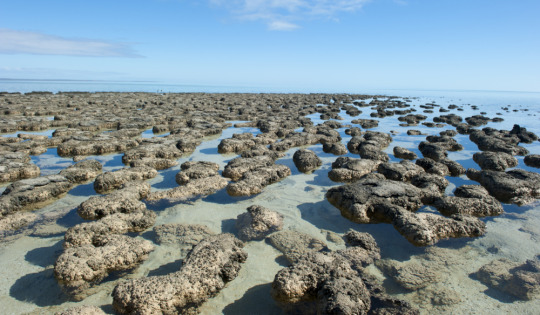
Stromatolites are made up of layers of matted bacteria that grow by precipitation of materials onto the surface. That means that stromatolites are essentially a special kind of biofilm that builds up over time, very similarly to how coral reefs develop.
A lot of bacteria live in these structures, and for a long time cyanobacteria were thought to be the main component because it's very easy to identify through microscopy, and most wild bacteria won't grow in lab conditions. They are also more abundant on the surface, which is generally easier to reach and lets them get more light.
Unfortunately stromatolites are now much less abundant than they were 600 million years ago due to grazing by multicellular organisms. Today they tend to be found only in shallow saline areas like Shark Bay in western Australia.
Sources:
https://www.ncbi.nlm.nih.gov/pmc/articles/PMC1183352/
https://www.ncbi.nlm.nih.gov/pmc/articles/PMC5767316/
https://www.ncbi.nlm.nih.gov/pmc/articles/PMC3538587/
12 notes
·
View notes
Text
ugh i am so sick of people making excuses for villains. just because cyanobacteria “look pretty” and “created the oxygen we breathe” doesn’t mean you can ignore the fact that they caused the first mass extinction in the history of earth. stop woobifying cyanobacteria.
7K notes
·
View notes
Text
Reblog if you DON’T get into people’s throats along with thousands of your friends, attach to host tissues, evade the immune response, and spread by penetrating host tissue layers
trying to prove a point to Streptococcus pyogenes
13 notes
·
View notes
Text

Lichens are a composite organism formed of three separate organisms in a mutualistic relationship. The really cool thing about the composition of lichen is that it took so long to find the third member of this group which is yeast.
The other two symbiotes have been known about for more than a hundred years, but it took until tbe yeast were discovered, which explains a lot about why lichens are so difficult to create in a lab setting, even when people were using the two known symbiotes.
The yeast are thought to function as a sort of predator/microbe repellant, helping the lichen avoid being eaten or becoming sick. The fungus is the main structure of the lichen, protecting it from changes in the environment, and the alga/cyanobacteria produces sugar for the entire lichen to eat
Sources
https://www.purdue.edu/newsroom/releases/2016/Q3/yeast-emerges-as-hidden-third-partner-in-lichen-symbiosis.html
1 note
·
View note
Photo

Biosensor chip detects single nucleotide polymorphism wirelessly, with higher sensitivity
A team led by the University of California San Diego has developed a chip that can detect a type of genetic mutation known as a single nucleotide polymorphism (SNP) and send the results in real time to a smartphone, computer, or other electronic device. The chip is at least 1,000 times more sensitive at detecting an SNP than current technology.
The advance, published July 9 in Advanced Materials, could lead to cheaper, faster and portable biosensors for early detection of genetic markers for diseases such as cancer.
An SNP is the change in a single nucleotide base (A, C, G or T) in the DNA sequence. It is the most common type of genetic mutation. While most SNPs have no discernible effect on health, some are associated with increased risk of developing pathological conditions such as cancer, diabetes, heart disease, neurodegenerative disorders, autoimmune and inflammatory diseases.
Traditional SNP detection methods have several limitations: they have relatively poor sensitivity and specificity; they require amplification to get multiple copies for detection; they require the use of bulky instruments; and they cannot work wirelessly.
Read more.
293 notes
·
View notes
Text
Gram negative bacteria have two layers of membranes
0 notes

